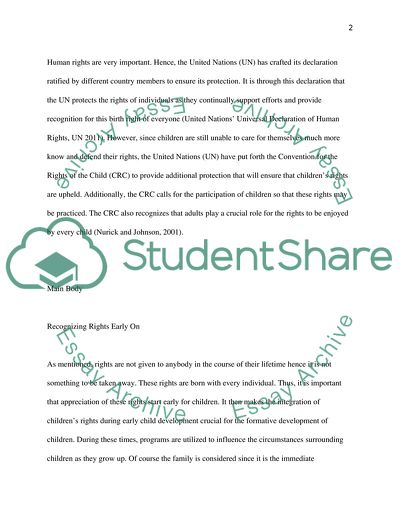Cite this document
(How Can Participatory Approaches Influence Young Children's Rights Literature review - 1, n.d.)
How Can Participatory Approaches Influence Young Children's Rights Literature review - 1. Retrieved from https://studentshare.org/sociology/1750835-how-can-participatory-approaches-influence-all-aspects-of-young-childrens-rights
How Can Participatory Approaches Influence Young Children's Rights Literature review - 1. Retrieved from https://studentshare.org/sociology/1750835-how-can-participatory-approaches-influence-all-aspects-of-young-childrens-rights
(How Can Participatory Approaches Influence Young Children'S Rights Literature Review - 1)
How Can Participatory Approaches Influence Young Children'S Rights Literature Review - 1. https://studentshare.org/sociology/1750835-how-can-participatory-approaches-influence-all-aspects-of-young-childrens-rights.
How Can Participatory Approaches Influence Young Children'S Rights Literature Review - 1. https://studentshare.org/sociology/1750835-how-can-participatory-approaches-influence-all-aspects-of-young-childrens-rights.
“How Can Participatory Approaches Influence Young Children'S Rights Literature Review - 1”, n.d. https://studentshare.org/sociology/1750835-how-can-participatory-approaches-influence-all-aspects-of-young-childrens-rights.


